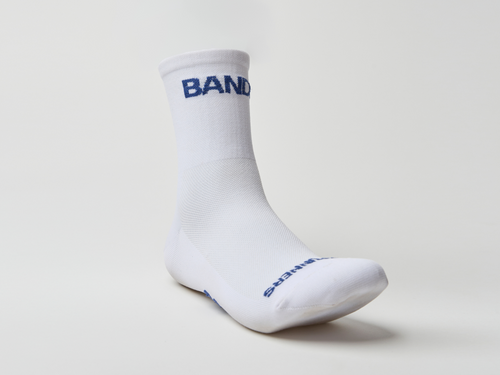Week 2: Plan Your Progression
As you get settled into training, continue to be realistic about where your specific starting line should be. Whether you are coming off a 60 mile week or you haven’t run a step in a year make the first commitment to kick off this training cycle slowly and with intention. As with any new thing there are going to be a lot of new variables, so here is a checklist to work through for week two:
- FORM YOUR WORKOUT PROCESS
Now that you’ve selected a training plan it’s time to build your routine. Creating a routine is essential, carving out the dedicated time each week to execute runs and workouts properly. That being said, routines aren’t about running a specific workout each day every week. A great routine is about not surprising the body, I.e. consistent choices in food, a consistent warm up process, working out at a similar time each day, going to bed and waking up at similar times each day.
- DECIDE ON YOUR DAILY SCHEDULE
The Program plans assign interval work on Tuesday or Wednesday and long runs on Saturday or Sunday, note that these are just suggestions and you should aim to adjust your days to your needs. No matter when you decide to schedule workouts, remember to leave at least 48 hours between hard workouts. For your other days, build a mix of timed runs or rest days that fit your mileage needs, these runs do not have assigned paces or efforts, aim to accomplish time on feet, active recovery between workouts and build consistency in your weekly mileage.
- INDIVIDUALIZE YOUR MILEAGE
A good rule of thumb is to never increase your mileage more than 10% in any given week. If you have been running more than 20 miles per week you should aim to stay steady where you are and not increase mileage at all the first 2-3 weeks, let your body absorb the new workouts and weekly schedule. If you have been running less than 20 miles a week you should aim to get to 15-20 miles for week one and 20-25 miles for week 2-3 before adding more.
- MEASURE YOUR EFFORTS
How are you logging your training? As you start your training you should also invest in a documenting system for multiple reasons, to track weekly mileage, understand your progress or to capture your journey to mention a few. This could be as simple as a journal or notes app. Or many athletes use GPS watches for both pace, time and track training. If you’re in the market both COROS or GARMIN have great products that also connect effortlessly with training apps like Strava.










